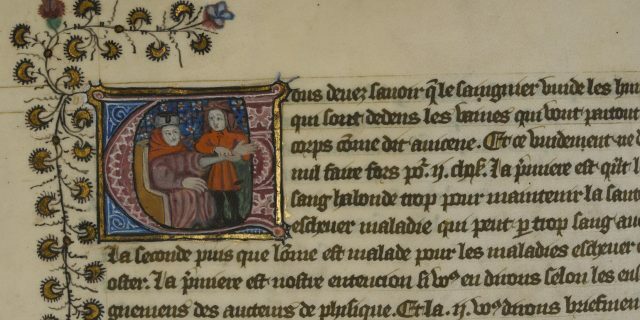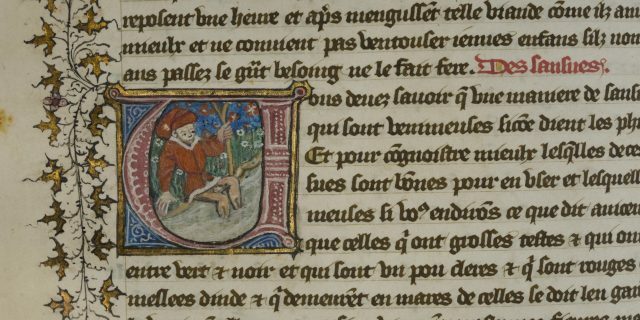Bloodletting and salty owls: Cambridge launches project on harsh medieval medicine
Miscellaneous / / August 22, 2022
Experts will tell and show how and with what they were treated centuries ago - before antibiotics and antiseptics.
Cambridge University Library in the UK starts up a new large-scale project designed to combine the unique manuscripts of doctors written hundreds of years ago and revealing thousands of recipes of medieval medicine. They will be digitized and posted on the Internet for free access.
Most of the works date back to the 14th or 15th century, with the oldest one already a thousand years old. They include richly illustrated manuscripts, academic treatises with complex medical diagrams and diagrams, and simple pocket books designed to be carried around.
These manuscripts give a brilliant insight into medieval medical culture, and the recipes they contain, bring us closer to understanding the interaction between the patient and the practitioner for many centuries back. These recipes are a reminder of the pain and precariousness of medieval life, before antibiotics, antiseptics and analgesics as we know them today.
James Freeman
Middle Ages specialist at Cambridge
Scholars catalog a wide variety of advice and descriptions of the treatments that were used in those days. Some of them are able to surprise or even shock.
- For example, one treatment for gout, a painful type of inflammatory arthritis, involves chopping up baked salted owl into powder and mixing it with boar fat to prepare an ointment, which is then rubbed into the affected plot.
- The treatment for cataracts, described as "spider webs in the eye," was to take the gallbladder of a hare and some honey, mix them together, and then apply to the eye with a feather for three nights.
- Other recipes mention a large number of ingredients of mineral and vegetable origin. Often used herbs that can be found in the garden and on supermarket shelves - sage, rosemary, thyme, bay leaf, mint, as well as common perennials: buckwheat, henbane, initial letter and comfrey.
- Medieval physicians used various spices such as cumin, pepper, and ginger in their recipes, and often mixed the ingredients with ale, white wine, vinegar, or milk.
- Sometimes they also resorted to bloodletting - they even had special drawings reminiscent of the location of the largest veins on the body.
- A separate group of methods for the treatment of various diseases was reduced to the use of leeches. They appear to have been used wherever possible, including for cuts and stab wounds from swords, axes, and arrows.

1 / 0
Illustration of newborn and mother care. Photo: Cambridge University Library

2 / 0
Bloodletting. Photo: Cambridge University Library

3 / 0
Eye examination. Photo: Cambridge University Library

4 / 0
Ear examination. Photo: Cambridge University Library

5 / 0
Catching leeches. Photo: Cambridge University Library
Per strange fictional treatments and medical advice stands for something that is always timeless: stories of the human condition and experiences.
Behind every recipe, however remote, is a human story: the experience of sickness and pain, but also the desire to live and be healthy. Some of the most touching are those that tell of the hopes or tragic disappointments of medieval people.
James Freeman
In total, experts at the University of Cambridge are going to digitize more than 180 manuscripts. All of them will be supplemented by a translation, since many of them are written in Latin, some in French, but most of them in Middle EnglishA language that existed in the form of a number of dialects and was spoken in medieval England. He replaced Old English..
Each entry will be accompanied by an accessible introduction intended for a general audience, explaining what the book is about and who owns it. And for researchers of medieval practices, they will make a convenient search by keywords.
Read also🧐
- 5 strange things that were considered normal in the Middle Ages
- 9 terrible things that would have waited for you in the Middle Ages
- 12 Medieval Misconceptions Everyone Believes in Nothing



